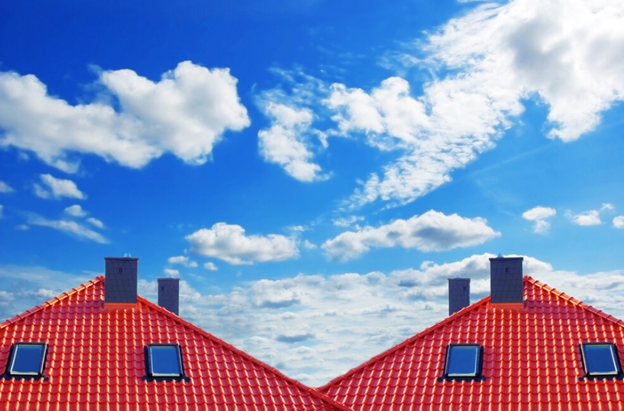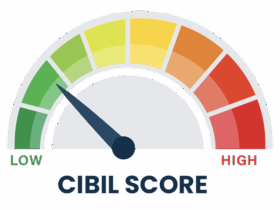A roof inspection can feel like a nerve-wracking event. After all, your roof is the guardian against the elements, and any potential problems can translate to costly repairs or even a full replacement. Here’s where roof sealants come in, playing a crucial role in helping you pass your roof inspection with flying colors.
Understanding Roof Inspections:
A thorough roof inspection involves a detailed examination of various aspects, including:
- Flashing: The metal strips that seal around roof penetrations like vents and chimneys.
- Seams and Valleys: The areas where different roof sections meet, which are particularly vulnerable to leaks.
- Shingles or Roof Membrane: Inspecting for signs of wear, cracking, blistering, or missing components.
- Drainage Systems: Ensuring gutters and downspouts are clear and functioning properly.
The Power of Gleaming Roof Sealants:
During an inspection, a well-maintained roof with properly applied sealants sends a positive message to the inspector. Here’s how:
- Enhanced Water Resistance: High-quality sealants form a watertight barrier around seams, flashing, and other vulnerable areas. This minimizes the risk of leaks, a major red flag during inspections.
- Reduced Signs of Wear: Sealants can fill minor cracks and gaps, preventing them from growing into larger problems. This keeps the roof looking younger and prevents the inspector from flagging potential issues.
- Improved Flexibility: Certain sealants offer flexibility, allowing them to accommodate minor movements in the roof structure caused by temperature fluctuations. This minimizes the risk of cracking and maintains a watertight seal.
- Reflective Properties: Some roof sealants boast reflective properties that can help regulate roof temperature. This can be beneficial in hot climates, potentially extending the lifespan of the roof and impressing the inspector with proactive maintenance measures.
Beyond Aesthetics: Choosing the Right Sealant
While a gleaming roof is a positive sign, functionality is key. When selecting a roof sealant for your inspection, consider these factors:
- Roof Material: Ensure the chosen sealant is compatible with your specific roof material, such as asphalt shingles, metal, or concrete.
- Climate Considerations: In hot climates, consider reflective sealants. In areas with extreme temperatures, opt for flexible sealants to accommodate movement.
- Condition of Your Roof: For minor cracks and gaps, a simple sealant might suffice. For more extensive repairs, consult a professional roofer for recommendations.
Partnering with a Professional Roofer:
For complex repairs or situations involving major roof damage, don’t hesitate to partner with a qualified roofer. They can:
- Identify Areas Needing Sealing: A professional can identify areas susceptible to leaks and recommend the appropriate sealant application.
- Proper Application: Ensuring the sealant is applied correctly is crucial for optimal performance. A roofer possesses the expertise and equipment for proper application.
- Peace of Mind: Working with a professional provides peace of mind knowing your roof is prepped for the inspection and receiving valuable insights on long-term maintenance.
Conclusion
Roof sealants are not just a cosmetic enhancement; they play a vital role in roof protection and longevity. By keeping your roof gleaming with properly applied sealants, you’re not just beautifying your property – you’re taking a proactive step towards a successful roof inspection and ensuring a safe and secure haven for years to come. Remember, a well-maintained roof is an investment in peace of mind and the long-term value of your property.












